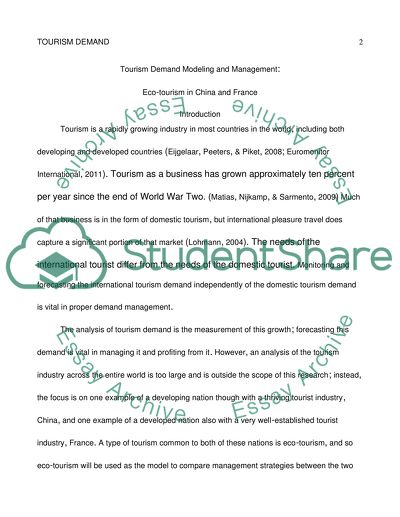Cite this document
(“Eco-tourism in China and France Research Paper Example | Topics and Well Written Essays - 3750 words”, n.d.)
Retrieved de https://studentshare.org/tourism/1390979-tourism-demand
Retrieved de https://studentshare.org/tourism/1390979-tourism-demand
(Eco-Tourism in China and France Research Paper Example | Topics and Well Written Essays - 3750 Words)
https://studentshare.org/tourism/1390979-tourism-demand.
https://studentshare.org/tourism/1390979-tourism-demand.
“Eco-Tourism in China and France Research Paper Example | Topics and Well Written Essays - 3750 Words”, n.d. https://studentshare.org/tourism/1390979-tourism-demand.


